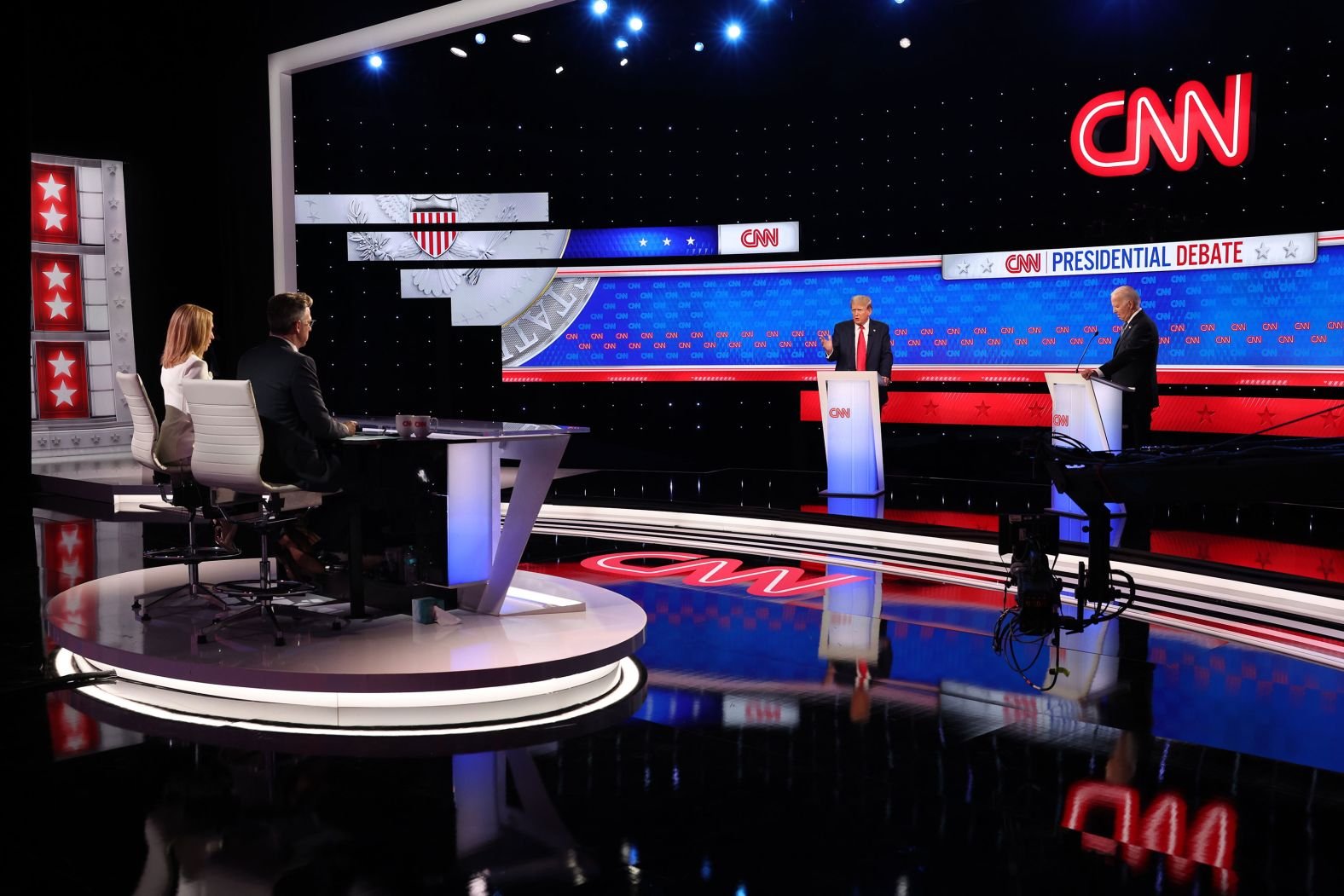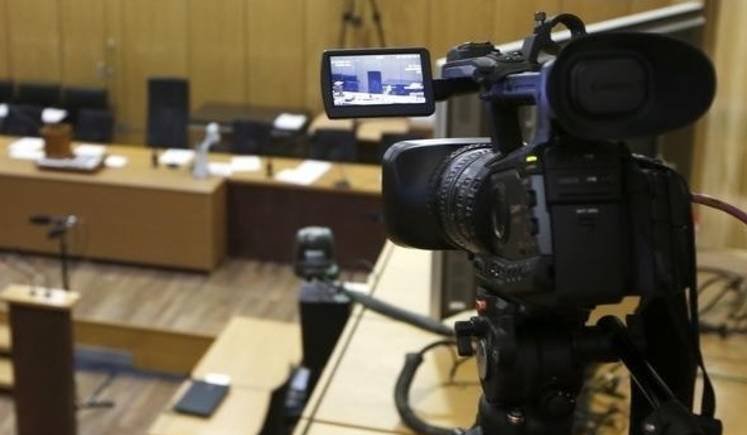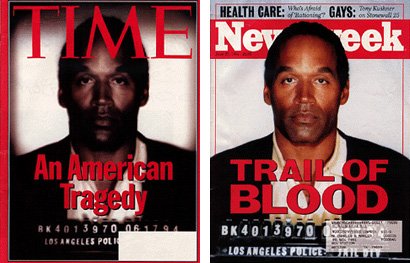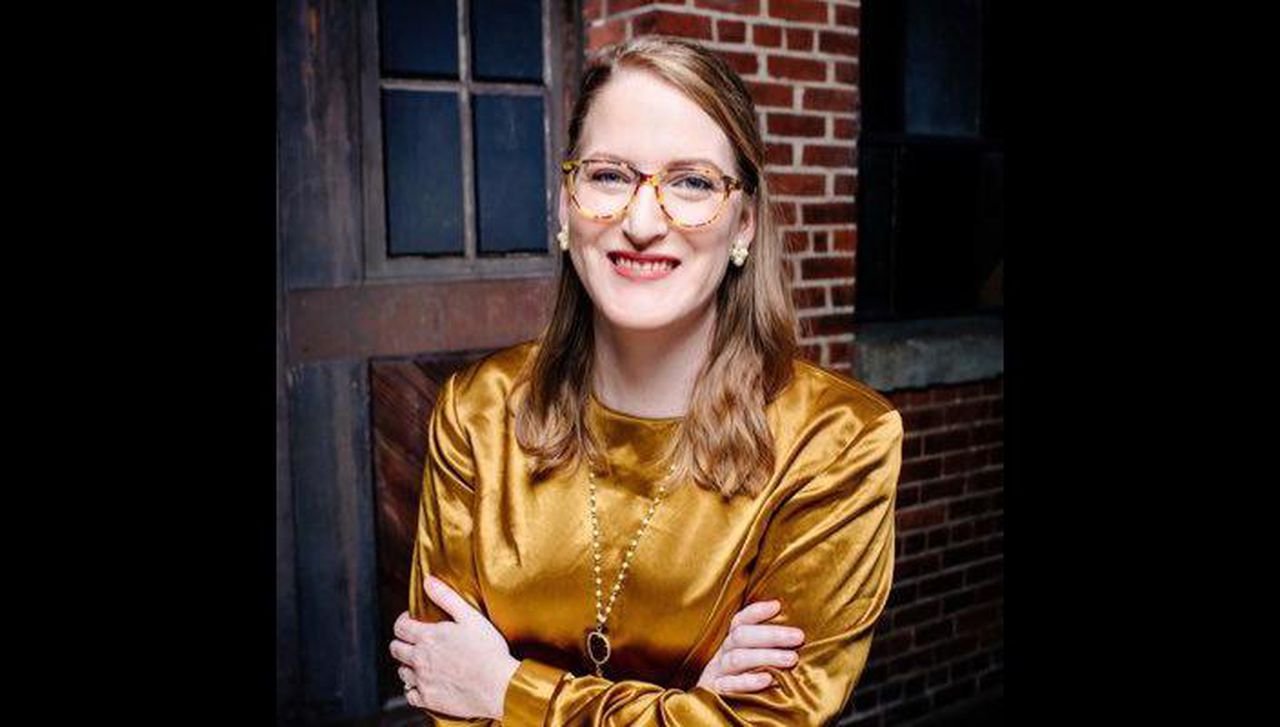I remember a Nick Saban press conference that followed one of his blowups at the media. He said he actually appreciated the role of the media in covering his team. Likely true about ESPN, whose coverage helped him with recruiting. For the rest of the media, that was a lot of baloney.
Nick Saban didn’t like the media, for the most part. He did use them to send messages to his players, but the press was mostly an agitation for him because he couldn’t control it and it was a potential distraction for his players.
In the wake of his retirement, I asked some current and former beat writers* to share (by email) their most memorable moment of covering Saban. I let them define “memorable.” I told them it didn’t matter whether the moment made Saban – or themselves – look good or bad. I present them in alphabetical order.
Michael Casagrande, Alabama Media Group – “I have to go with the moment that will be my legacy. After Alabama beat Texas A&M in 2017 in an ugly game, I asked Saban something about their lack of success on third down early on. Seemed fair. They weren't quite as sharp as usual against a team they'd handled since losing in 2012. Saban apparently had been waiting for a question like this. He wanted to make a point. So that's when I became ‘Rat Poison.’ He looked at me with a snarl and said I was part of the problem, setting unrealistic expectations for perfection. I was feeding the team poison -- more specifically, rat poison. That moment has followed me ever since, a funny moment that my family breaks out when introducing me to their friends.”
Austin Hannon, then BamaCentral: Growing up, Hannon spent many Saturdays with his father in the Bryant-Denny stands, watching Saban coach. Then, in college and after graduation, the UA journalism grad found himself covering the man. “For me, it's got to be when he did the unthinkable. Days after scolding me for a question about Jalen Milroe's progress and outlook, Saban called me out by name in a news conference leading up to the Texas game (last year). I was completely caught off-guard, expecting perhaps another lecture. Instead, he actually apologized for not answering my question properly. We should've seen his retirement coming after that — he had never done anything like that in his entire coaching career.”
Don Kausler, then Birmingham News/al.com — On Kausler’s first day on the beat in 2009, a player was arrested for a physical confrontation with a woman on campus. The reporter wrote a story with reaction from the directors of some domestic violence shelters in Alabama about the coach’s decision to put the player on “Saban probation” instead of suspending him. “The next day, before practice, I told a member of Alabama’s media relations staff that I would like to talk to a certain player after practice. He said he doubted that my request would be granted because of ‘that story.’ Saban apparently wasn’t happy. I quickly turned a problem into an opportunity by asking if I could meet one-on-one with Saban. A few hours later I was sitting in front of Saban’s desk. He took his shoes off and put his feet on top of his desk. I was expecting a full-force verbal attack. Instead, he calmly said he wanted to tell me – off the record – what ‘Saban probation’ meant so I had a better understanding the next time I needed to write about a similar discipline issue. I asked twice why he wouldn’t go on the record. He said the public didn’t need to know how he handled these kinds of cases. I left the office a little let down that I didn’t feel Saban’s wrath.”
Ian Rapoport, then Birmingham News/al.com – Rapoport, who now works for the NFL Network, said he still thinks frequently about the experience of covering Saban. He especially remembers the press conferences. “I'd sit in the front row, middle, and always try to get the first question, which would usually go to Cecil Hurt. And I would wait, uneasy. Because you literally had zero idea about what he was going to say. He could erupt. He could be endearing. He could teach you something about football. Or anything in between. But those moments when he was just getting started and there was anticipation of what he would say – that's what sticks out. It was the first time I covered a figure so immense that his words would dictate coverage for weeks. Those press conferences were wild. And streamed live so TiderInsiders could always critique my questions. LOL.”
Terrin Waack, then Tuscaloosa News – Waack, a UA journalism grad, was once selected as an A-Day Game media coach for the Crimson team. She recalled a moment in the halftime locker room. “Saban came up to me and asked whether I wanted to give the halftime speech. Obviously, I passed, not taking the offer seriously. He then cracked a joke about the Crimson team's poor performance, with a colorful word in there I cannot share, and smiled at me with a wink. It was in that moment, I felt like I personally interacted with the human side of Saban. I'd see it before, with all the good he did outside of the football world, but this was just us. Off the record, sharing a laugh.”
Christopher Walsh, BamaCentral – Walsh, who has reported on Saban for multiple news organizations, was a repeat media guest on the Nick Saban Radio Show. He took it as a sign of respect when the coach gave him some “friendly grief” on the air. The season after the introduction of the “Nick Saban Signature Series” Mercedes-Benz, a caller asked Saban for advice on how to drive a truck. “Show host Eli Gold would always tell me to tap him under the table if I wanted to interject a question. … (The caller) had heard Saban had driven some sort of delivery truck for his dad years ago. Saban's laughing, confirms it, and added that he usually had a terrible time with it. So bad that they would sometimes blow out the clutch. As the crowd is laughing, I'm tapping Eli under the table, and he won't go to me. Finally, I get the line in: ‘Hey coach, that Signature Series Mercedes-Benz. Does it have a clutch?’ He gave me a pretty good smirk on that.”
Covering Nick Saban was a tough task. That’s true about a lot of big-time college coaches. This is also true: News organizations got to report on an inordinate number of memorable moments and achievements on the field because of Saban. For all the stress he brought them, he also brought them a lot of subscriptions, page views, ratings and money.
*Disclosures: Casagrande, Kausler and Rapoport are former colleagues of mine. Hannon and Waack are former students of mine. Disclaimer: My general comments about Saban and the press may or may not reflect the views of the other writers in this post.















